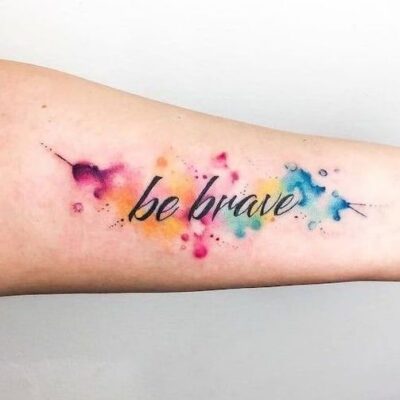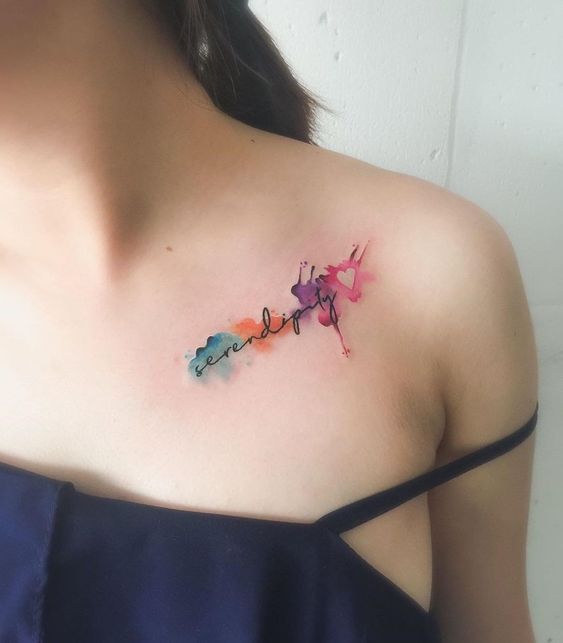
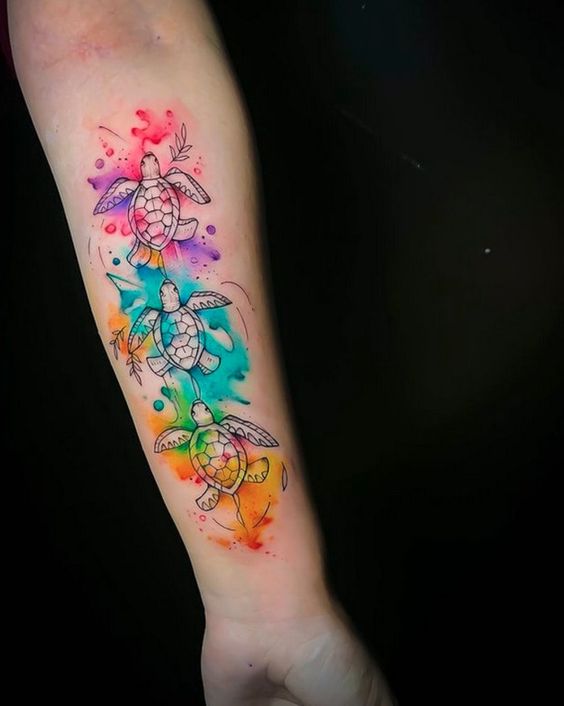
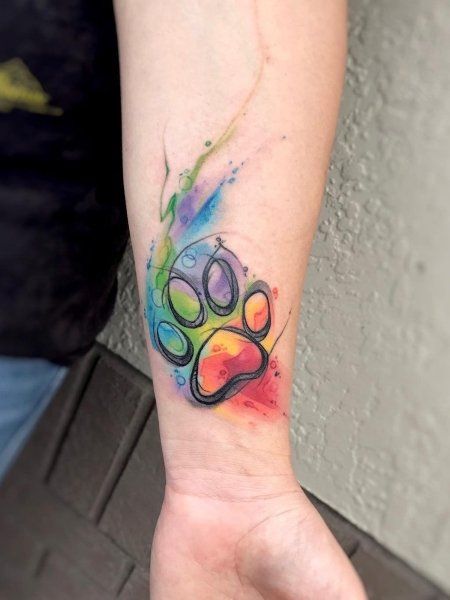
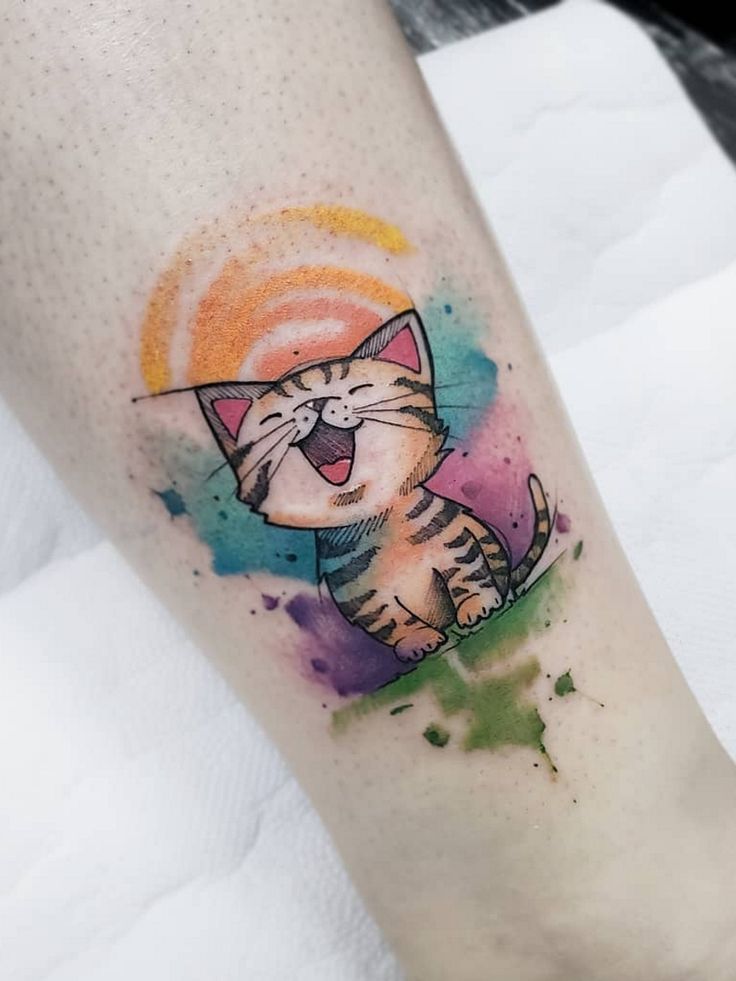
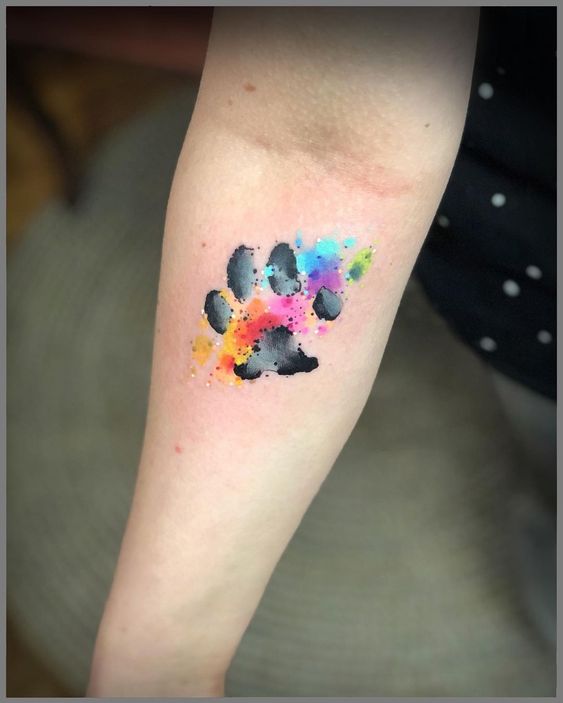
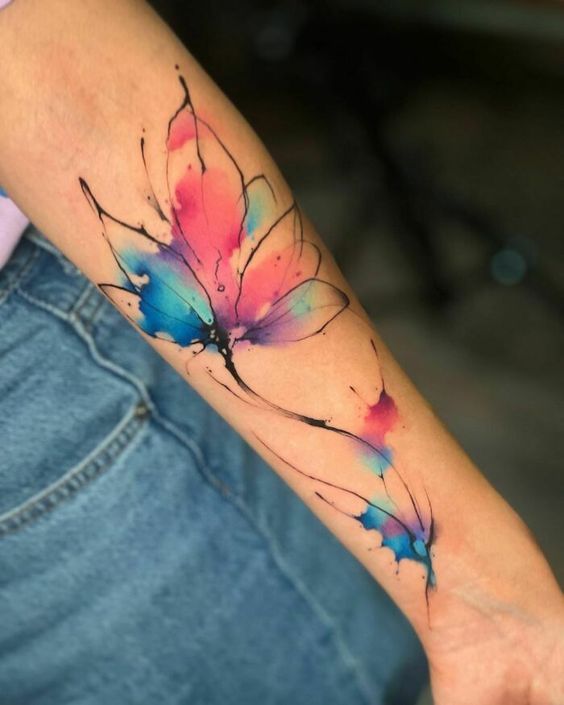
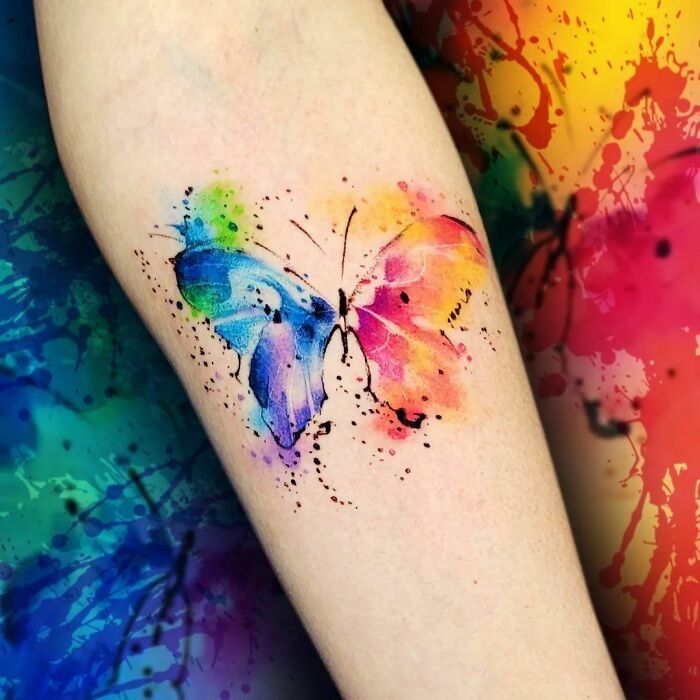
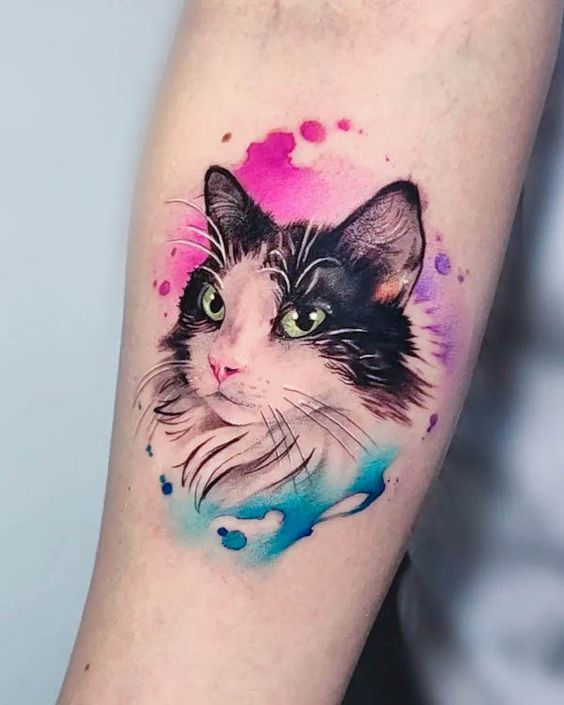
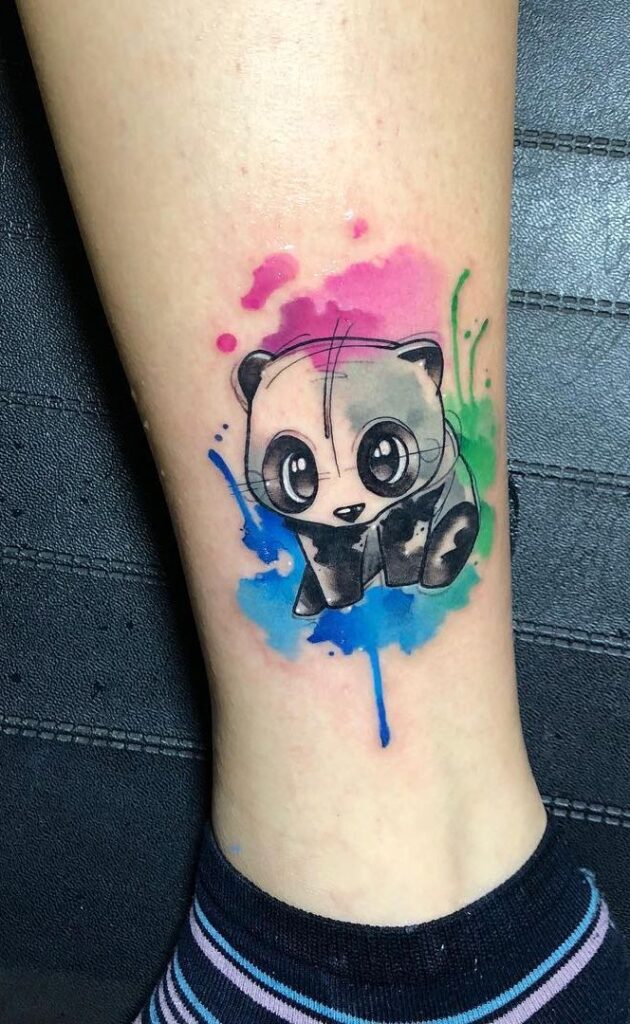
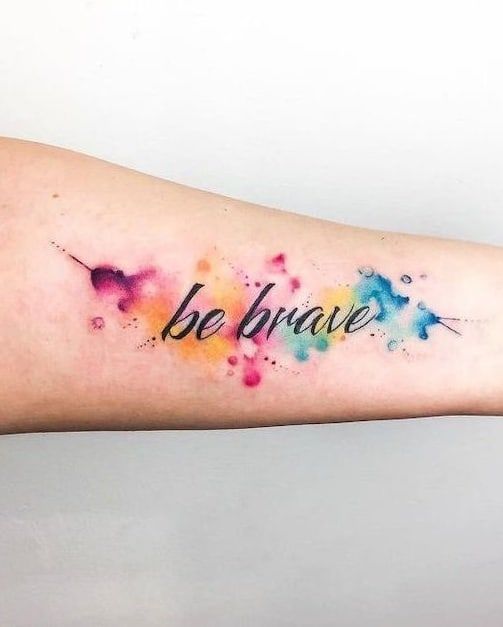
All image credit: Pinterest
Watercolor Tattoo: Tattoos have developed into a mixed and expressive form of art, and among the various styles, watercolor tattoos have appeared as a mesmerizing and creative choice. Drawing inspiration from the fluid and vibrant parts of watercolor paintings, these tattoos change the skin into a canvas, creating stunning masterpieces.
Also See:
Characteristics of Watercolor Tattoos
Fluidity and Soft Transitions
Watercolor tattoos are famous for their fluidity and soft evolutions between colors. Unlike traditional tattoo styles with defined lines and solid shading, watercolor tattoos imitate the gentle brushstrokes and combinations seen in watercolor paintings. This characteristic gives the tattoos an intangible, almost dreamlike quality.
Vivid Color Palette
The rich color palette is a hallmark of watercolor tattoos. Artists use a range of hues, usually incorporating multiple shades to create depth. This versatility permits the representation of a wide range of subjects, from conceptual designs to detailed portraits, all with a burst of lively and beautiful colors.
No Outline or Minimal Lines
One unique feature of watercolor tattoos is the absence or minimal use of outlines. Artists usually depend on the colors themselves to define the edges of the design, resulting in a softer and more painterly appearance. This lack of fixed lines contributes to the free-spirited and artistic nature of watercolor tattoos.
Artistic Freedom and Creativity
Watercolor tattooing gives artists a remarkable level of creative freedom. With the ability to blend colors seamlessly, artists can experiment with different techniques, textures, and styles. This freedom permits the creation of truly unique and personalized tattoos that showcase the artist’s skill and imagination.
Techniques Involved in Watercolor Tattoos
Layering and Blending
Watercolor tattoos depend heavily on layering and blending techniques. Artists effortlessly layer different colors, creating a sense of depth and complexity. Blending is important for acquiring the smooth, gradient changes characteristic of watercolor paintings.
Splash and Drip Effects
Some watercolor tattoos include splash and drip effects to emulate the spontaneous and unexpected nature of watercolor art. These techniques add a dynamic and visually impressive element to the tattoos, contributing to their artistic flair.
Soft Brushstrokes
Mimicking the light strokes of a watercolor brush, artists use a light touch to apply the ink. Soft brushstrokes contribute to the dreamy and whimsical quality of watercolor tattoos, improving their overall visual appeal.
Popularity and Enduring Allure
Watercolor tattoos have gained huge popularity due to their unique blend of artistic expression and identity. These tattoos appeal to those seeking a more painterly and less traditional aesthetic, permitting them to carry a piece of vibrant and personalized art on their skin. Watercolor tattoos beautifully catch the sense of fleeting moments, much like the medium that encouraged them.
At The End
Watercolor tattoos have engraved a niche in the world of body art, presenting a beautiful fusion of painting techniques and tattooing. Their fluidity, vivid colors, and artistic freedom make them an attractive choice for those who appreciate the beauty of watercolor paintings and wish to hold a piece of that artistry with them throughout life. As tattoo artists continue to push boundaries and explore new opportunities, watercolor tattoos will certainly remain a special and growing form of skin artistry.

